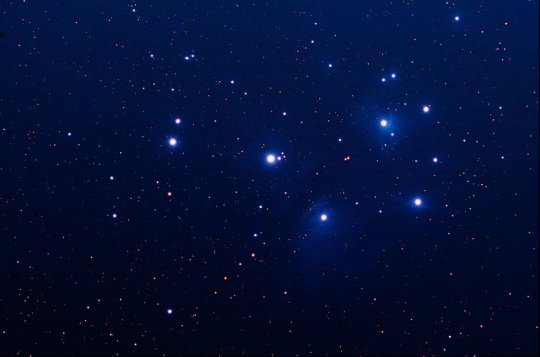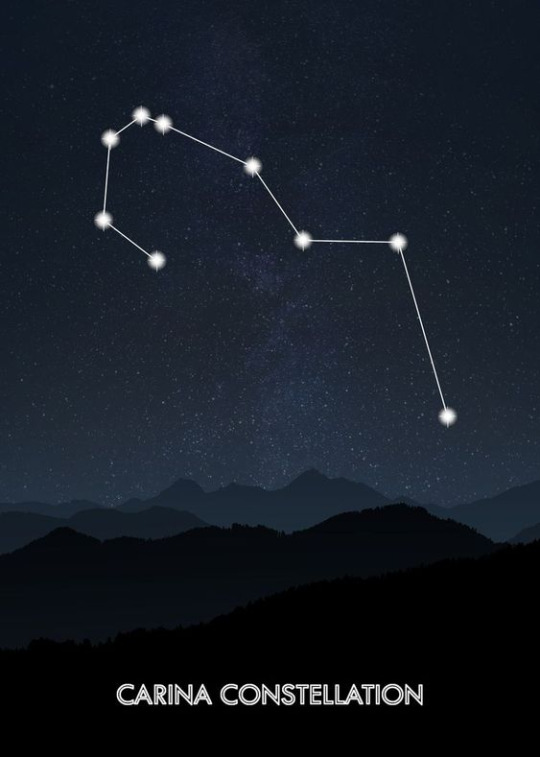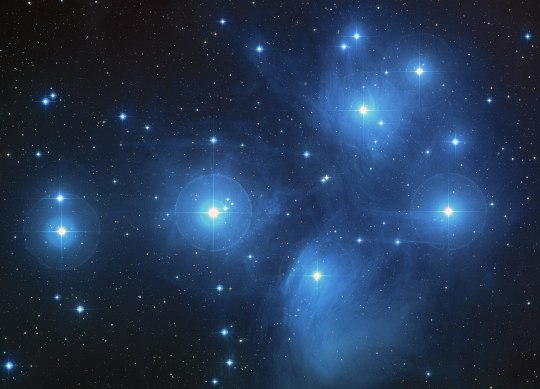#NGC 1432
Text
Pleiades
The Pleiades, M45. An open cluster in Taurus.
#astronomy
M45
Image exposure:60 MimutesImage date:2022-11-14Image Size2.1º x 1.39º
You can see the Pleiades quite easily with the naked eye – provided your eyesight is in good condition.
I know this for a fact because a few years ago, when out on a field night with Macarthur Astronomical Society, my eyesight was so bad, I could not find the Pleiades and had to request my friend John to shine his laser…

View On WordPress
#18 Tau#Alcyone#amateur astronomy#asterope#Astronomy#Celaeno#Cosmic Focus Observatory#cosmos#deep sky#Electra#Featured#IC 349#IC1990#image#M45#Merope#nature#NGC 1432#photography#Pleiades#science#Skywatcher EQ6-R#Skywatcher esprit 120#space#Taurus#Taygeta#Universe#ZWO ASI 071 Pro#ZWO ASI071
0 notes
Text


everyone pls meet our baby Carrie, aka Carina Maia!
Meaning of her name below bc i think abt it too much


plus:
Maia is a star in the constellation of Taurus. It is a blue giant of spectral type B8 III, a chemically peculiar star, and the prototype of the Maia variable class of variable star. Maia is the fourth-brightest star in the Pleiades open star cluster (Messier 45), after Alcyone, Atlas and Electra. It is surrounded by one of the brighter reflection nebulae within the Pleiades, designated NGC 1432 and sometimes called the Maia Nebula.
#i now nobody cares about my Names Lore#but i overthink this way too much and i need to share so too bad for ya#the sims 4#sims 4#sims 4 screenshots#sims#sims 4 gameplay#rhea lo#unworldly life#unworldly life gen one#carina maia io bohan
39 notes
·
View notes
Text

The Pleiades, an open cluster consisting of approximately 3,000 stars at a distance of 400 light-years (120 parsecs) from Earth in the constellation of Taurus. It is also known as ‘The Seven Sisters’, or the astronomical designations NGC 1432/35 and M45.
https://hubblesite.org
6 notes
·
View notes
Text

The Pleiades, M45, also called the Seven Sisters, is a very bright and distinct open star cluster in Taurus, surrounded by the reflection nebula NGC 1432 (most of that pale blue interstellar dust and cloudiness). The Seven Sisters are very hot blue stars about 444 lightyears away. Where I am in the northern hemisphere, around 43° latitude, the Pleiades rises in the night sky in October, peaks in January at almost 50° in the southern sky, before sinking below the horizon by the end of March—and then we don't see it in the night sky again until late autumn.
To the ancient Greeks, over 2,500 years ago, the rising of the Pleiades marked the start of shipping season, when sailing the Mediterranean was a bit less dangerous. Like a lot of ancient mariners, Ancient Greek sailors and navigators relied on astronavigation, using the stars to determine their precise position on the surface of the earth. An ancient Athenian ship could leave the Piraeus and sail directly out to sea, then head west, toward Syracuse, tracking the stars the whole way to determine their course. They would also be keeping track of the Pleiades' position in the sky each night, and use that to determine if they should pick up cargo and make the return trip or pick up some local coastal work through the summer and return to Athens in the fall.
Imaging Notes: 71 x 5-minute sub-exposures stacked in PixInsight. ZWO ASI071MC color camera cooled to 0°C, Gain 0, Antlia V-Series Luminance/UV-IR Cut filter, William Optics RedCat 51 Apochromatic Refractor 250mm FL, f/4.9, Sky-Watcher EQ6-R Pro mount, ZWO ASIAir Plus astro controller.
0 notes
Photo

The Pleiades, an open cluster consisting of approximately 3,000 stars at a distance of 400 light-years (120 parsecs) from Earth in the constellation of Taurus. It is also known as "The Seven Sisters", or the astronomical designations NGC 1432/35 and M45.(wiki)
240 notes
·
View notes
Photo

I took this photo of NGC 1432, part of the Pleiades or Seven Sisters. (M45) earlier this week over two nights. It's taken in LHaRGB and is about 6.5 hours. Something different from my day job which can be seen at www.youtube.com/c/DavidCraneStudio and www.davidcrane.co.uk (at Playa de Mojácar) https://www.instagram.com/p/CHdJ5kUH5jH/?igshid=1l8is3bqvdrep
0 notes